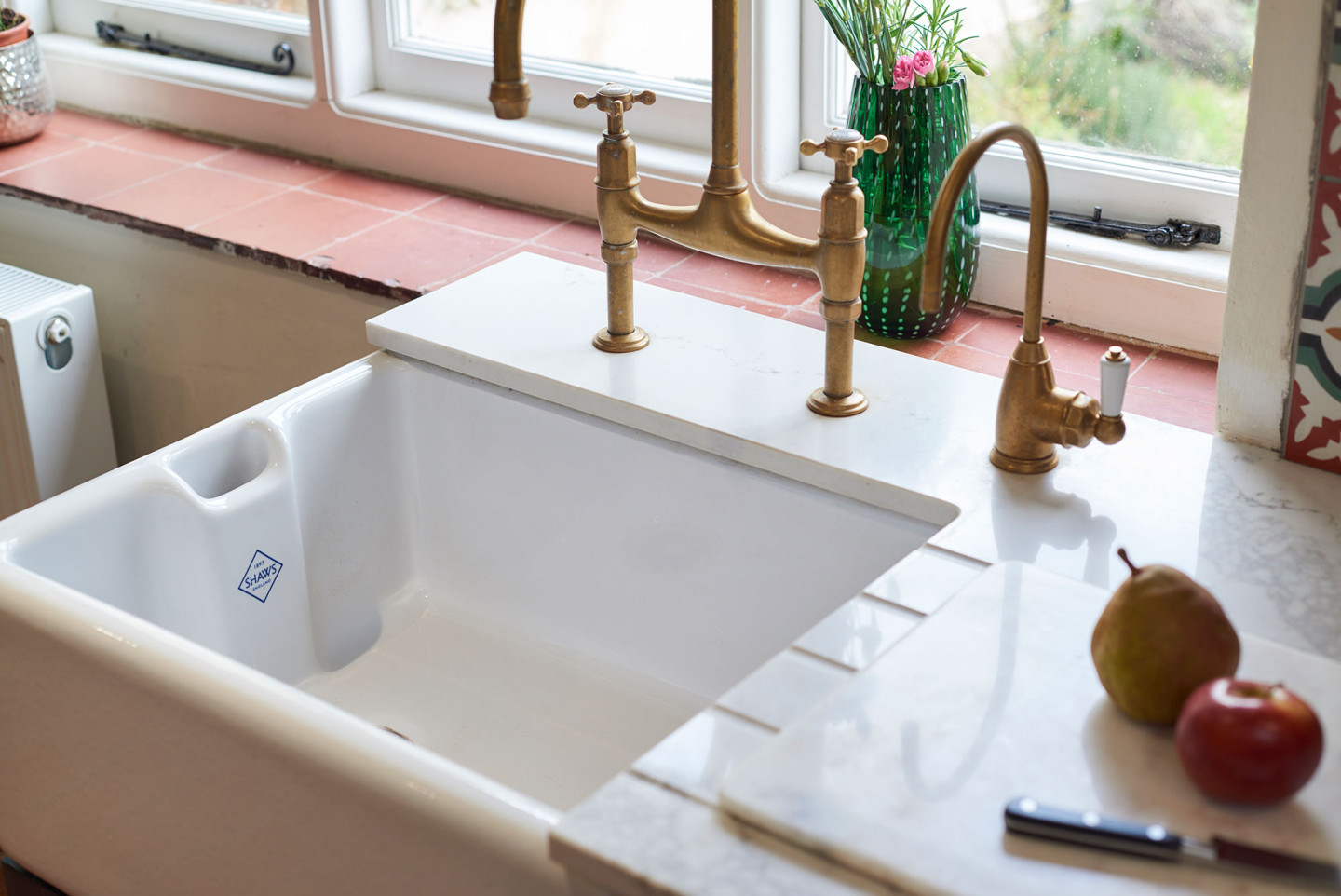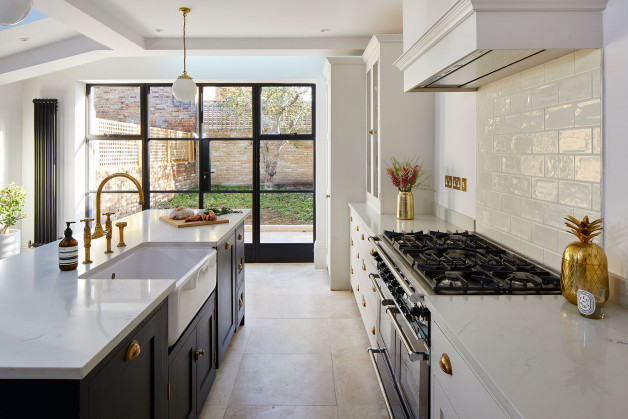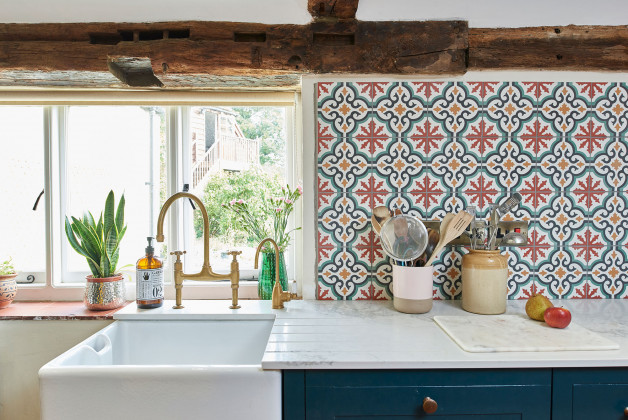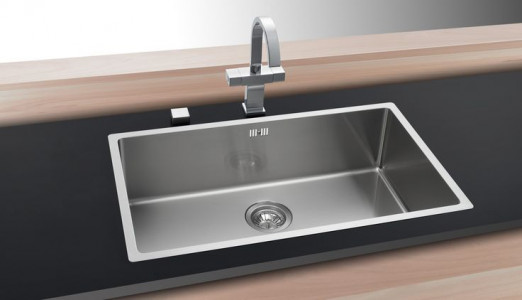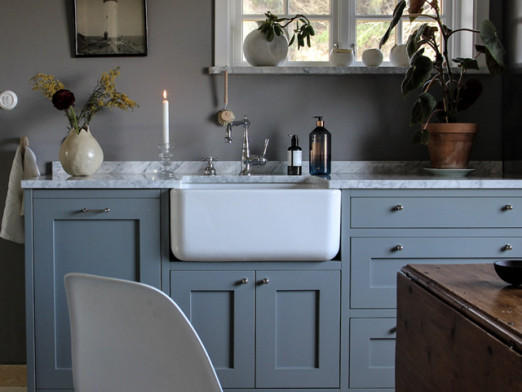The Butler sink was originally designed to be used by Butlers, with those made and used in Belfast having a weir overflow built in because fresh water was readily available in Belfast in the late 1700s so it didn’t matter if a little was wasted down the overflow.
However, the Butler sinks designed for use in London did not have overflows because the water was very precious in London at this time and had to be drawn from deep wells, so not having an overflow was a way to prevent water being wasted.
Traditionally these are the differences but nowadays all types of Butler sink will probably have overflows and there is also the less chunky styled french farmhouse sink which can be referred to as a butler sink.
There are so many styles of sink on the market today that it can be difficult for homeowners to settle on the right sink for their kitchen, style and needs and while the Butler and the Belfast are still a popular choice, the limitations are that they are very large, often expensive and may not suit, or fit, a more modern kitchen design.
But what are the other sink styles on the market today? From the French farmhouse, the composite to the undermount sink, you can read a detailed breakdown of styles, materials, and manufacturers, as recommended by The Building Centre here.
Images courtesy of Shaws of Darwen
